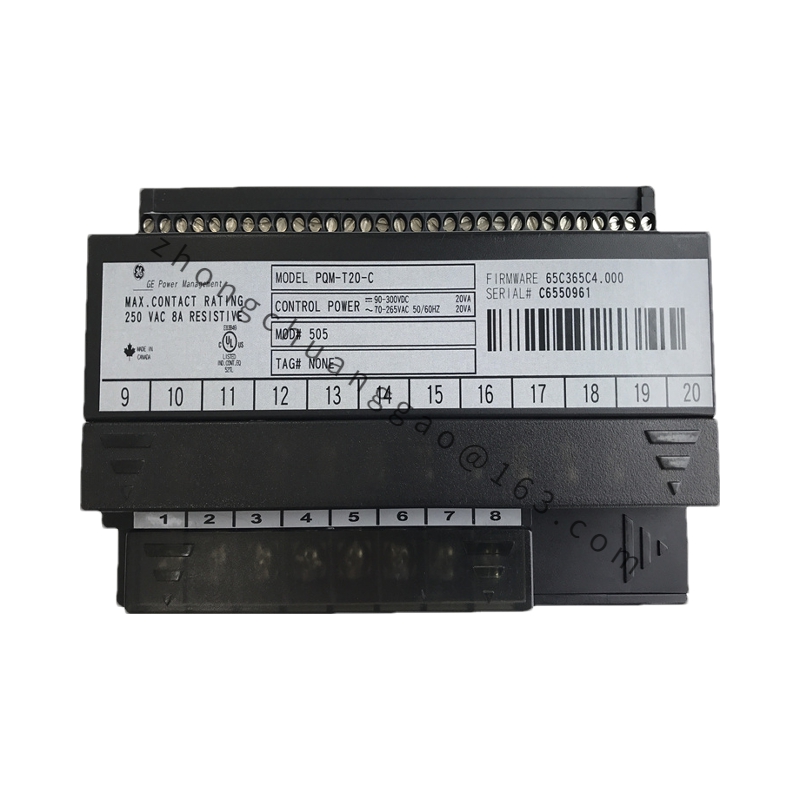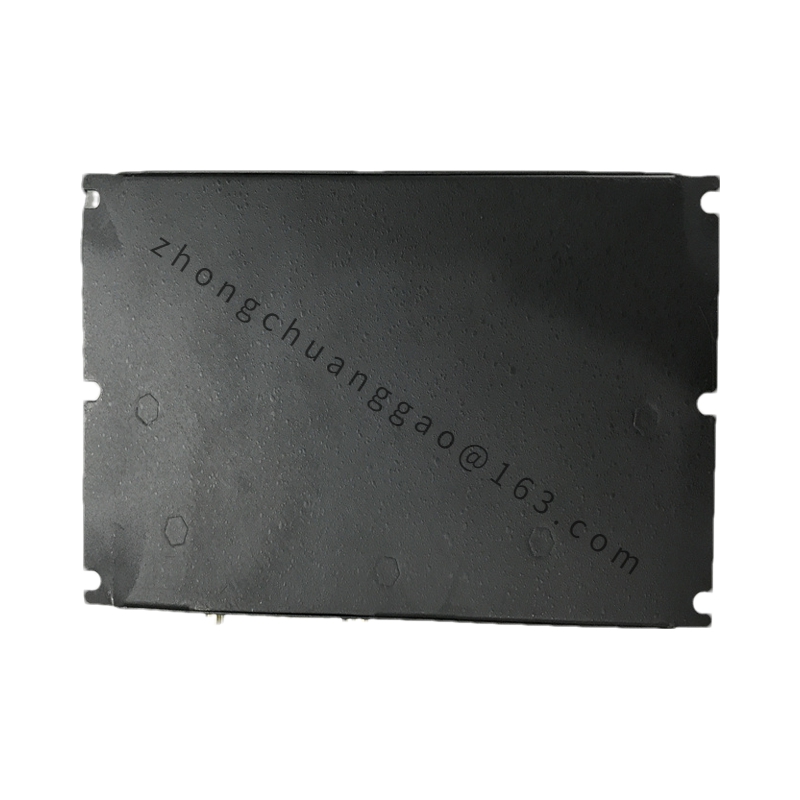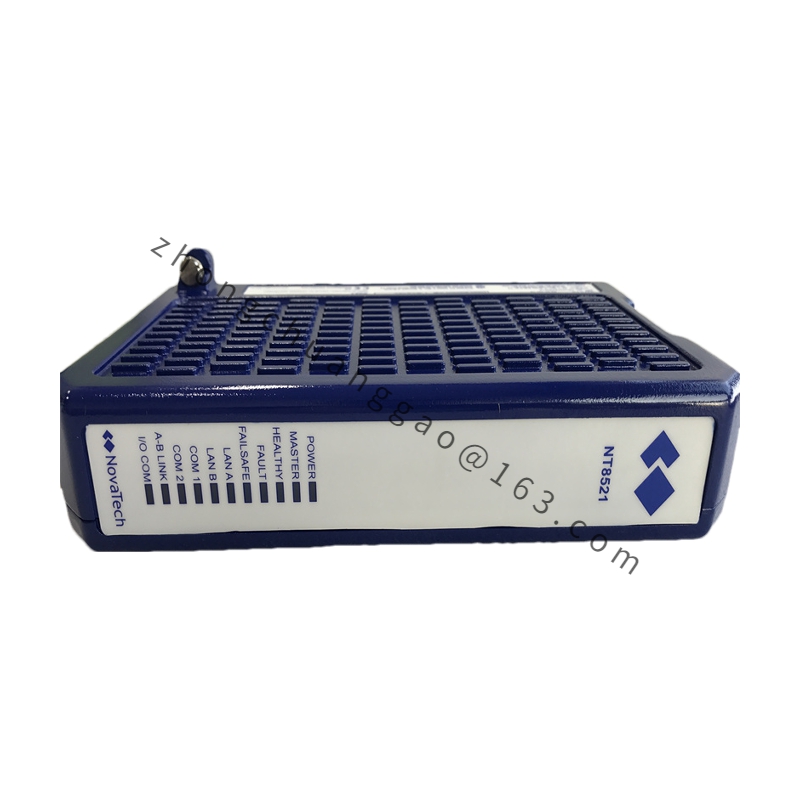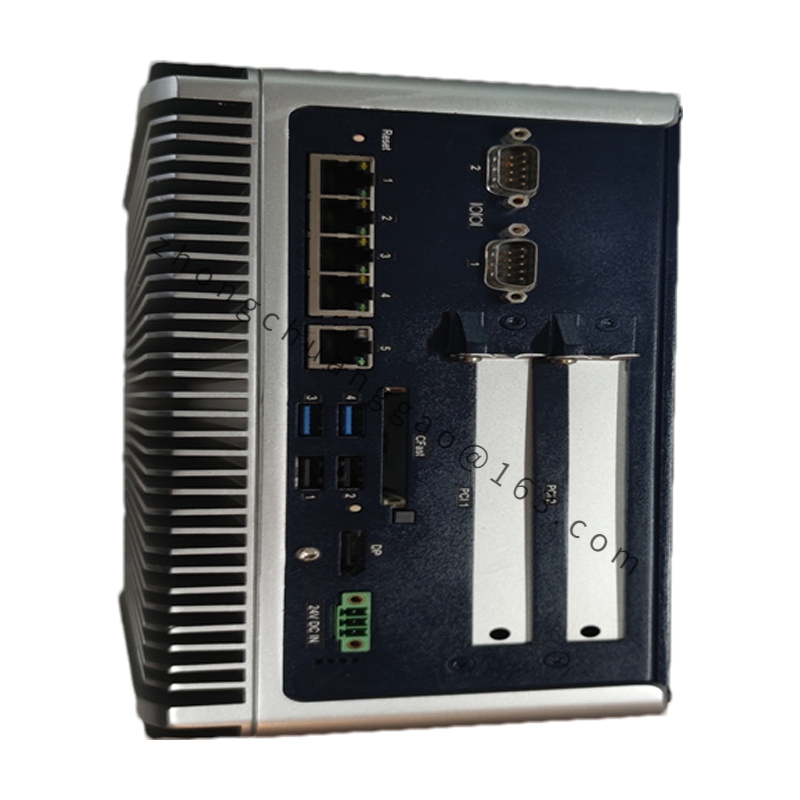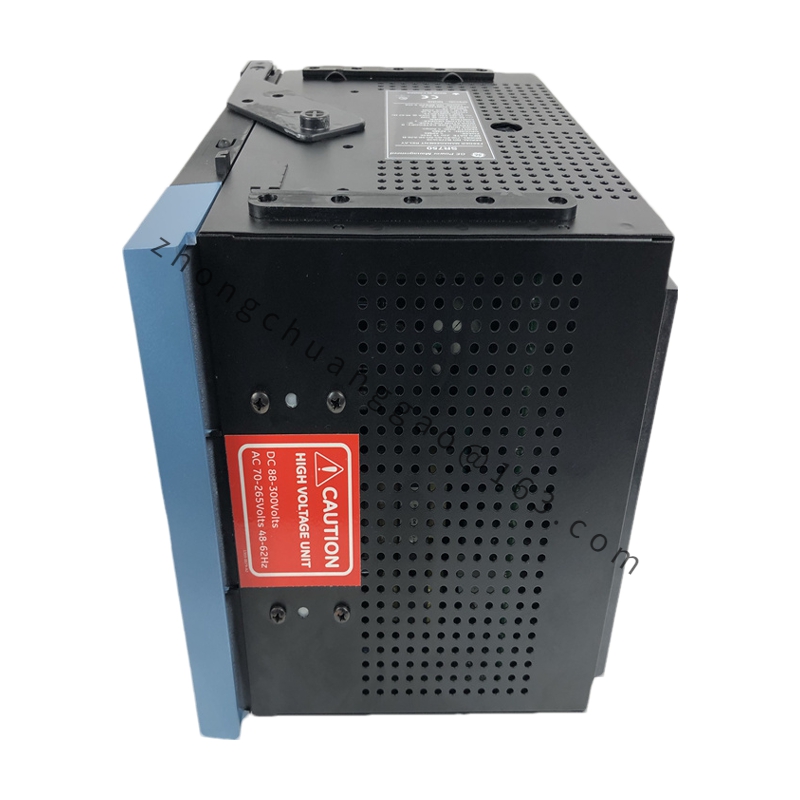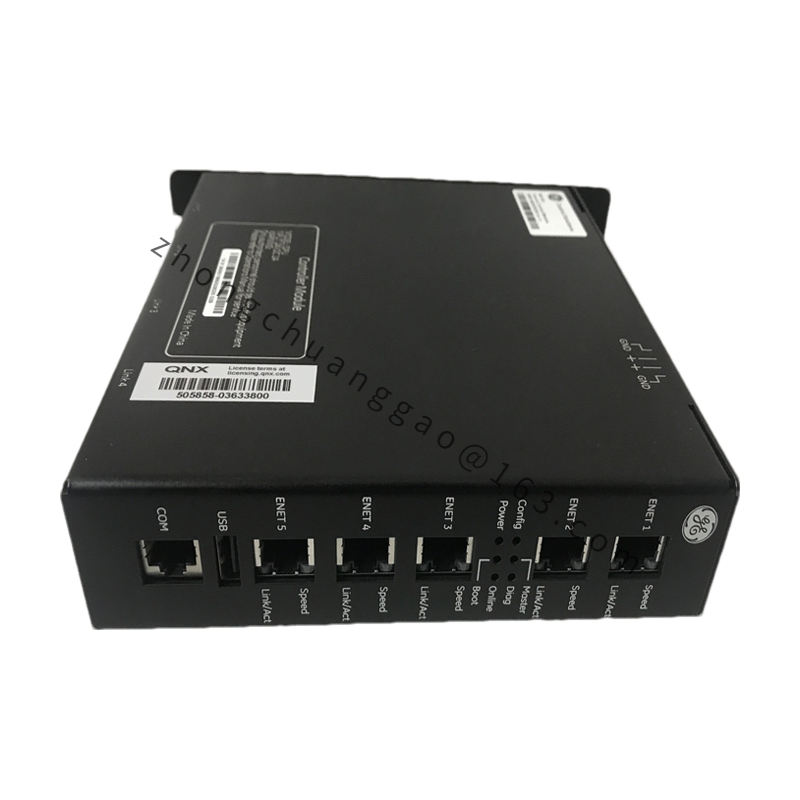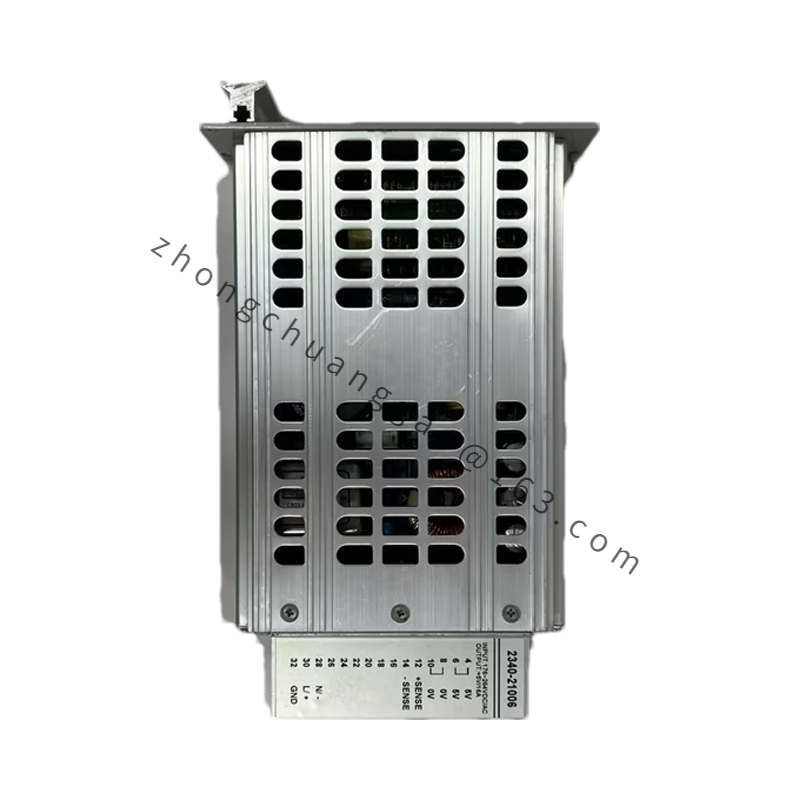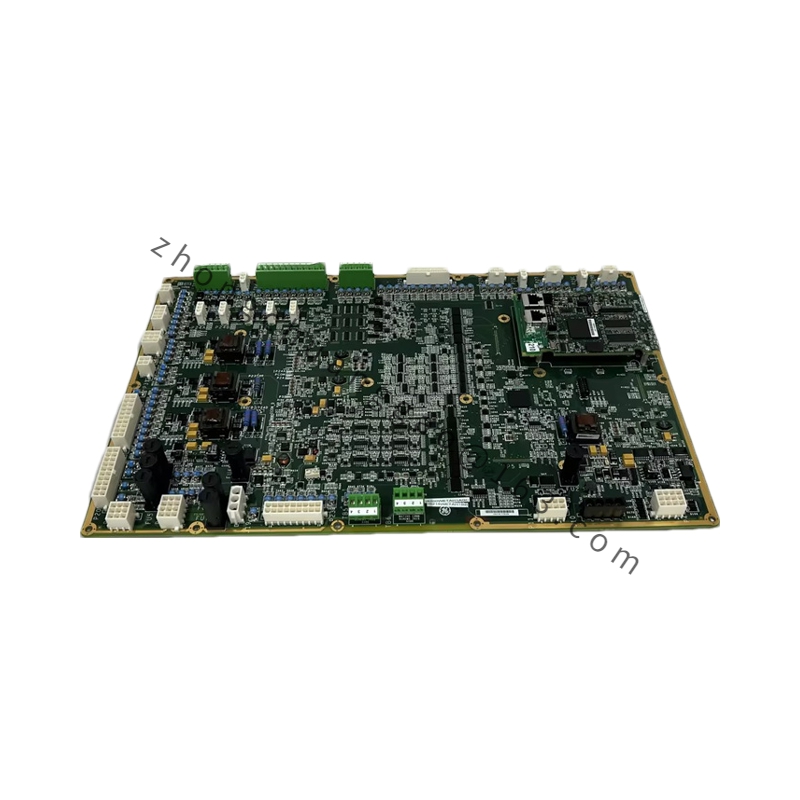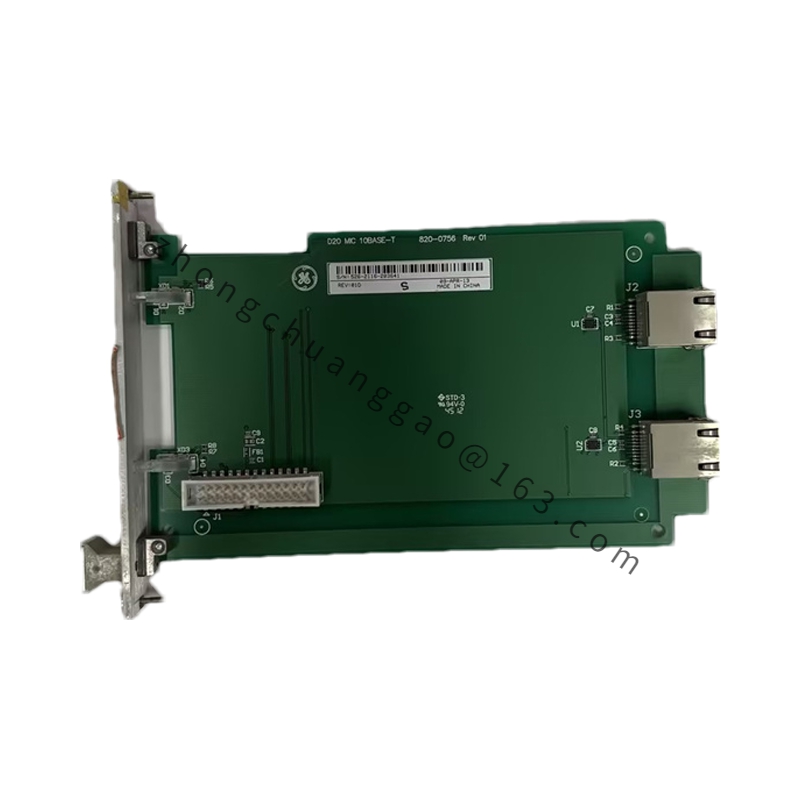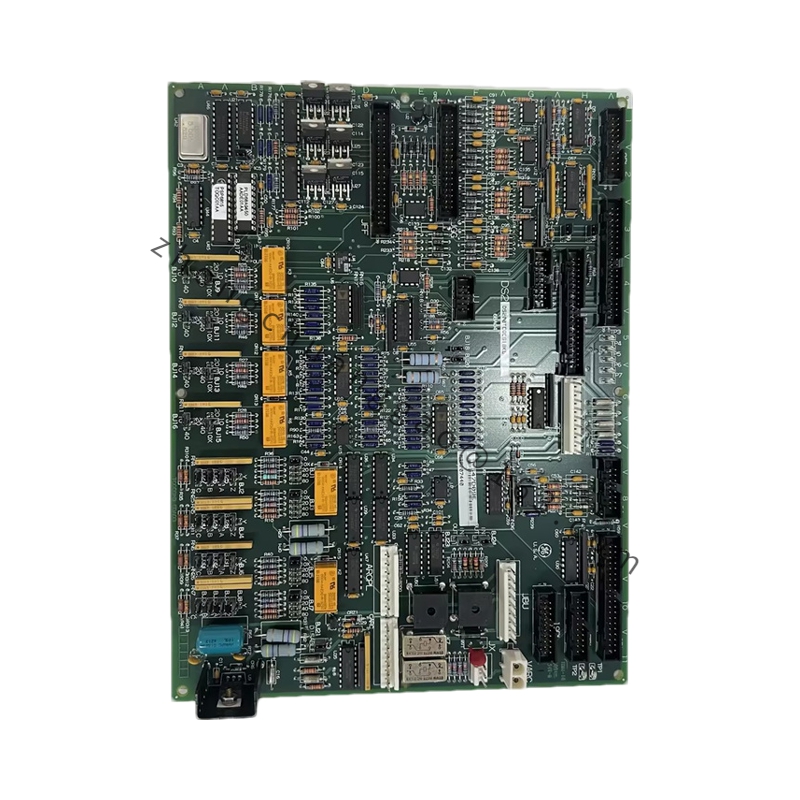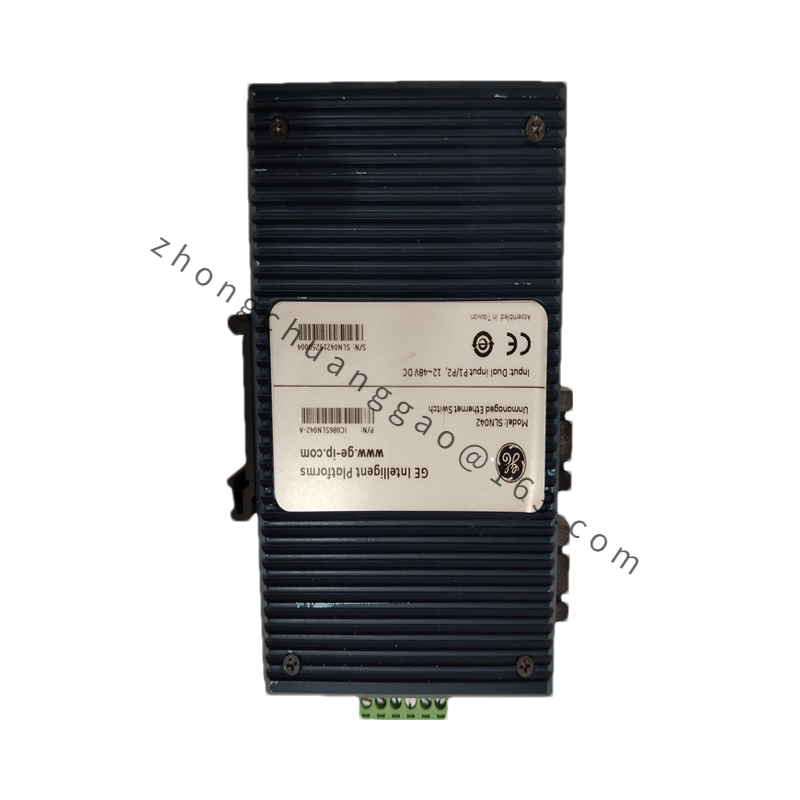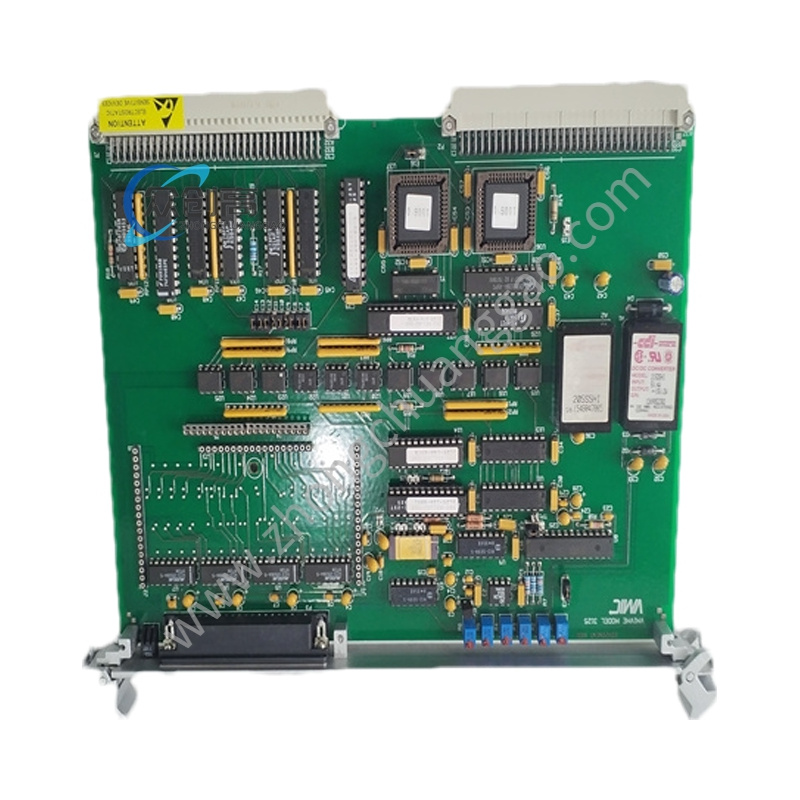Detailed content
Technical Specifications:
- Model: PQM-T20-A
- Type: Power Quality Monitor
- Input Voltage Range: Generally designed to accommodate a broad range of input voltages; specific details should be referenced from the product datasheet.
- Frequency Range: Typically supports 45-65 Hz, suitable for most standard power systems.
- Measurement Accuracy: High accuracy for voltage, current, power, and other key parameters; detailed accuracy specifications are included in the technical datasheet.
- Sampling Rate: High sampling rate to accurately capture transient and steady-state conditions.
- Data Storage: Equipped with internal memory for logging measurement data.
- Communication Ports:
- RS-232: For serial communication with external devices.
- RS-485: For communication in industrial environments.
- Ethernet: For network connectivity and remote monitoring.
- Display: Includes an LCD or similar display for local data visualization and configuration.
- Power Supply: Designed to operate within a specified voltage range; details are in the datasheet.
Functional Features:
- Real-Time Monitoring: Provides continuous monitoring of voltage, current, power, and power factor in real time.
- Harmonic Analysis: Measures harmonics to help identify and mitigate power quality issues related to harmonic distortions.
- Waveform Analysis: Captures and analyzes electrical waveforms for troubleshooting and detailed inspection.
- Event Recording: Logs disturbances such as voltage sags, swells, and transients for analysis.
- Data Logging: Stores historical data for trend analysis and long-term monitoring.
- Alarm Functions: Configurable alarms to notify users of abnormal conditions or power quality issues.
- User Interface: Features an easy-to-use interface for configuration, monitoring, and data review.
- Diagnostic Tools: Includes tools for diagnosing and analyzing power quality problems.
Applications:
- Industrial Facilities: Used to monitor and maintain power quality in manufacturing and other industrial settings, helping to protect equipment and ensure operational reliability.
- Commercial Buildings: Monitors power quality to optimize energy usage and prevent potential disruptions in commercial environments.
- Utilities: Assists utility companies in managing power quality for their customers, addressing complaints, and ensuring stable power delivery.
- Data Centers: Critical for ensuring that power quality is maintained to prevent disruptions in IT operations and maintain system uptime.
- Renewable Energy Systems: Monitors power quality in renewable energy installations such as solar and wind farms to ensure stable and reliable operation.
Additional Information:
- Software Compatibility: Likely compatible with GE’s power quality analysis software, allowing for detailed data analysis, reporting, and visualization.
- Environmental Conditions: Designed to operate within specific temperature and humidity ranges; details are provided in the product datasheet.
- Certification and Compliance: Adheres to relevant industry standards and certifications for electrical safety and performance.

